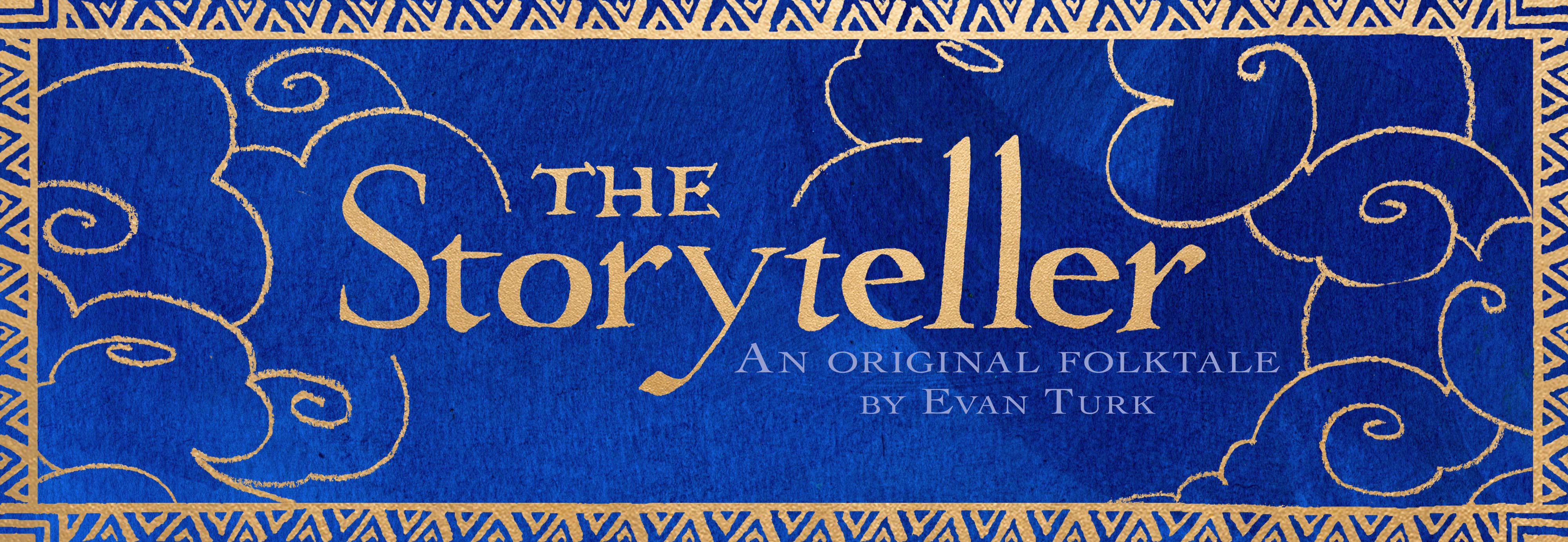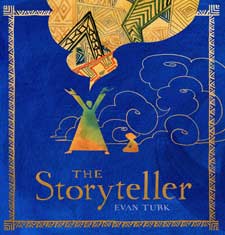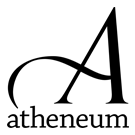Morocco is a country with a long history, and traditions, like storytelling and carpet weaving, that extend back a thousand years. But it is also a modern country in today’s world. As in most countries, the traditional and the new exist simultaneously.
The central story in The Storyteller, ‘The Sandstorm and The Storyteller’, about a boy inheriting and using the wisdom of a master storyteller, takes place in modern times. The reader is introduced to the boy in the “Great Square” based loosely on the Jamaa EL Fna square in the old medina of Marrakech in the illustration above. In this one illustration, readers can notice many different aspects of the modern mixing with the traditional.
The Square is a tourist destination for people from all over the world and other parts of Morocco. There are horse carriages for tourists and romantic nostalgia, while locals zip by on mopeds and scooters. Can you spot another scooter somewhere else in the book?
One common cliché people from the west often associate with places like Morocco, Egypt, and India is snake charmers. Although it has a long history most likely originating in India, it was promoted in the 20th century as a way to draw in foreign tourists looking for something “exotic”. There are indeed still snake charmers frightening tourists (see above!) in the Jamaa EL Fna today.
Originally, the water sellers of Morocco brought water to thirsty visitors from the outskirts of the city. Now they are largely part of the tourist trade and will pose for tourists for a fee. They wear elaborate costumes with red robes, large, pom-pommed hats, and a clanging bell and brass water cups to announce their arrival to prospective buyers.
Morocco is a mostly Muslim country, and many Muslim women wear head coverings called hijab. But unlike some Muslim countries, it is not mandatory in Morocco and there is a mixture of women who choose to wear it and those who don’t. Particularly in larger cities, there are more women choosing not to wear hijab. In this part of the image, there is a woman with no hijab (left), wearing a djellaba (a common robe worn by men and women, young and old); one woman wearing a hijab and western clothing (center right); and one woman wearing a hijab and a full length robe (right).
This mixture is present in all of the images of this modern part of the story. Above shows a woman in a hijab (left), a woman with no head covering (center right), and a woman with a soft scarf tied behind her head (right), which is very common in Morocco.
In more rural areas, such as those depicted in the nested stories, women are sometimes more likely to wear a headscarf or hijab.
The men in the story also wear a combination of western and more traditional Moroccan clothing, as they do in Morocco today. Many men wear western slacks and shirts, or jeans and t-shirts, while some wear djellaba. Some wear small caps called kufi for religious reasons, while some do not.
The people in the book are based off of people met, observed, and drawn in Morocco, but the reality of Morocco is much more expansive and diverse than one book can offer!
Please view the Inspirations & Resources page to see more links, articles, essays, and activities to learn more about Morocco.

Drawings of master storyteller Hajj Ahmed Ezzarghani in Marrakech (left); Character designs for The Storyteller (right)
















